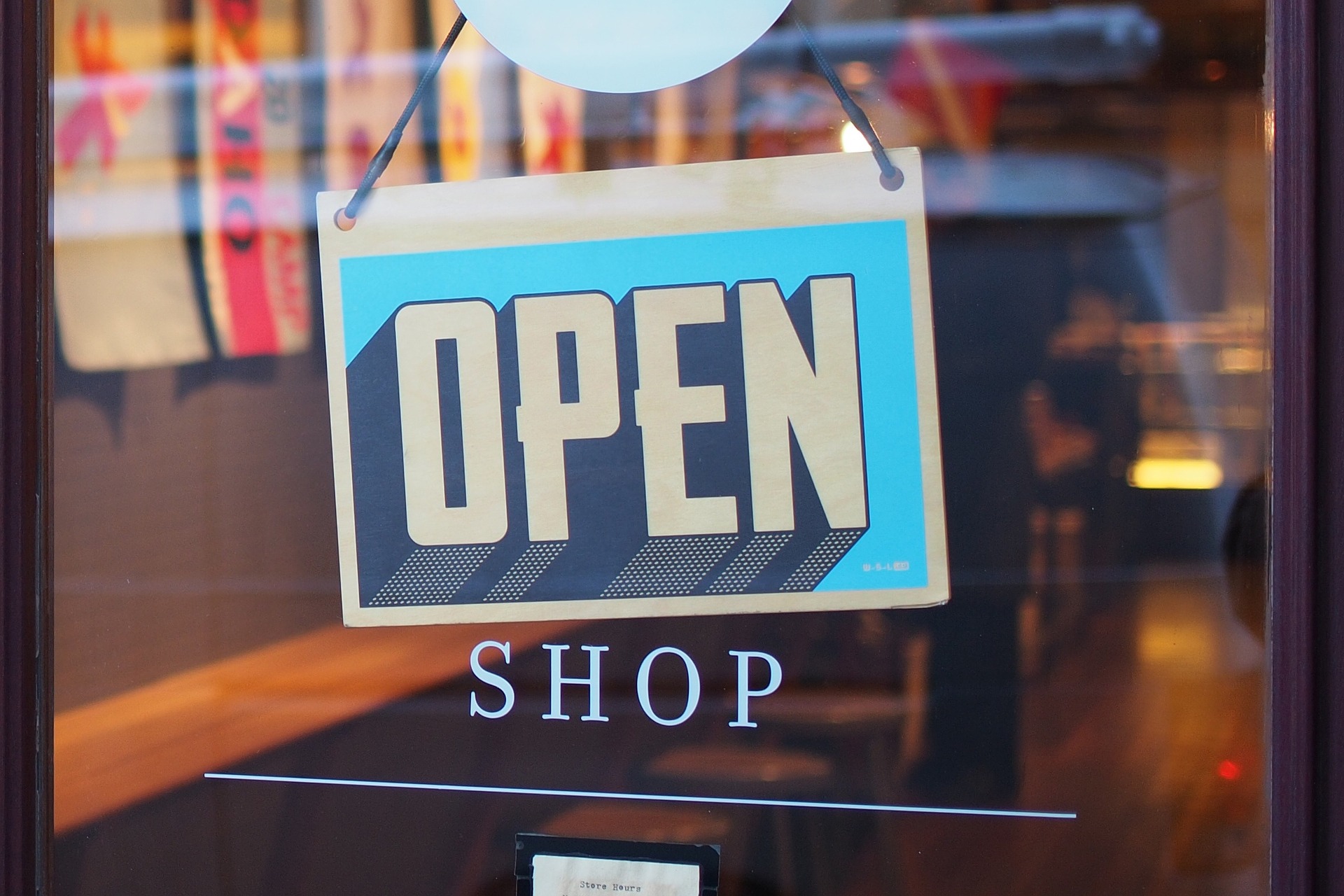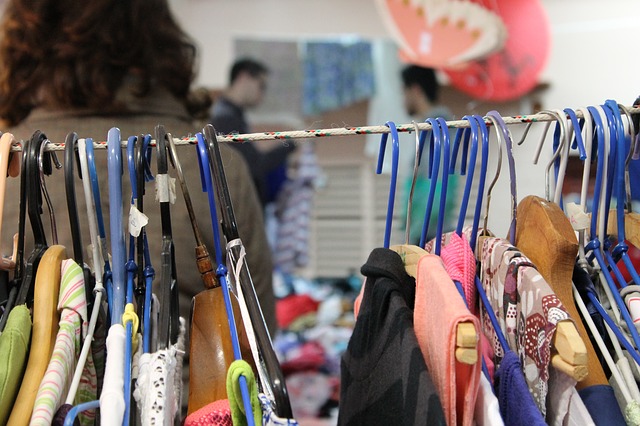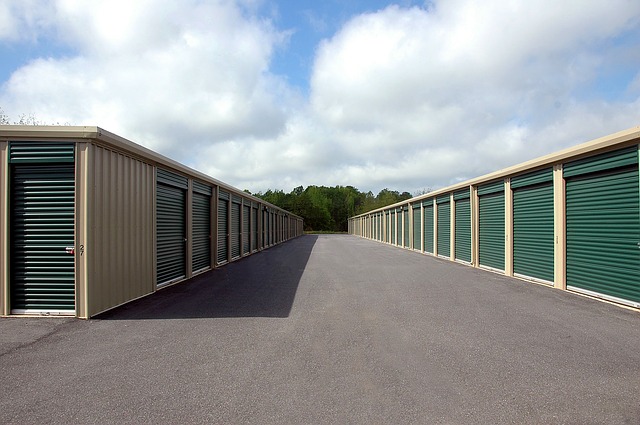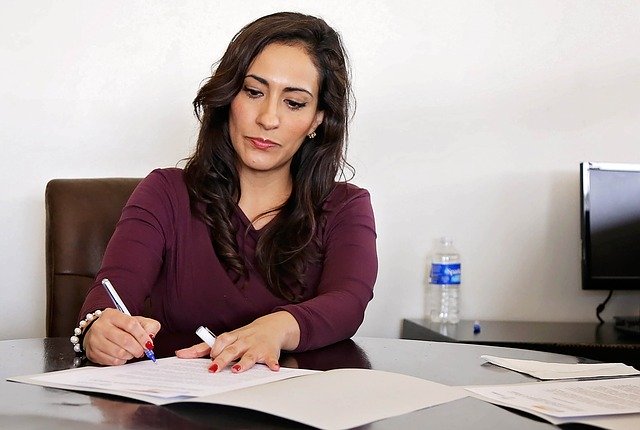
Want to start a business? Be proactive. Opportunities don’t magically appear. It’s important to seek out or create opportunities. Remember that big things start in small ways. Facebook started in a college dorm. Apple computers were brainstormed in a garage in the 1970s. Whether you want to work in a small business or have higher aspirations, opening a thrift store may be the best way to start.
This is not to imply that opening one will be easy.
It may be easier than opening a traditional retail business. Still, not by much.
In traditional retail, you’re responsible for maintaining a supply-chain system that will source merchandise and inventory for you.
Want to open a thrift store? You alone might be solely responsible for sourcing, securing, supplying, and sanitizing inventory.
You’ll be responsible for every decision concerning your thrift store.
And then there are the startup costs.

It can cost anywhere between $10,000 to $125,000, or more, to start a traditional retail business in the United States. It might cost you about $30,000 on the average to launch a thrift store.
There are ancillary costs like business licenses, application fees, utilities, insurance, taxes, and so on, to take into account as well.
I will list the basics for you on what it takes to open a thrift store. However, don’t for a second believe it won’t be challenging.
You’ll have to consider:
- Thrift Store Startup Plan
- Securing Merchandise
- Overhead, Expenses, and Profits
- Pros & Cons for Your Consumer Base
- Launching a Business in the Era of COVID-19
Let’s start simply.
What is a thrift store?
Thrift Store 101
A thrift store sells secondhand clothing and goods to a local consumer base.
Most thrift stores are owned and operated, or act as de facto franchise subsidies, of larger nonprofit organizations like the Goodwill or Salvation Army.
These organizations have large donation and sourcing operations. So, they can keep their thrift stores well stocked with merchandise.
Also, such thrift stores usually dedicate a large percentage of profits to local charities or charitable causes.
It may be easier to buy an existing nonprofit thrift store and gain access to an already existing supply-chain system.
You may be looking to launch an independent, for-profit thrift store. This is an ambitious endeavor with many challenges.

There are over 25,000 thrift stores in the United States. This industry generates about $17 billion in revenue annually.
I can’t tell you everything you need to know, but here are the basics.
You need a plan.
Thrift Store Startup Plan
You may have noticed that the world is currently living in a very bad or very good Stephen King horror novel.
Over 17 million Americans have lost their jobs in the last 3 weeks due to the coronavirus epidemic. That number may increase to 23 million as this article is posted.
Businesses on a global scale are hurting.
However, thrift stores are considered recession-proof for several reasons.
- Products are cheap
- Local consumers don’t have to travel far to transact
- It isn’t hard to secure inventory if you network well
However, everything starts with a plan.
You must know your local neighborhood and understand who may patronize your store.

About 18% of American consumers shop in a thrift store annually.
How will you market your business?
What’s the best way to differentiate yourself from other thrift stores and retail stores?
You could partner with a local charity, or create your own, as a marketing hook. For example, you could barter merchandise in exchange for significant donations from a customer.
Still, that involves a lot of bureaucratic paperwork.
If you start a charity to entice business to your thrift store, know that charities are exempt from federal taxation. However, this is only if all profits generated benefits the charity.
Consult an advisor if you go this route.
Don’t create a business plan on your own if you don’t know how.
Securing Merchandise
How will you source quality secondhand items to sell?
Will you organize local neighborhood donation drives? Or perhaps track down vintage clothing surplus from other failed stores online?

The best way to source inventory is to hit every local yard sale. It also pays off to be apprised of local estate liquidations. Many liquidated estates may be happy to offload free clothing and items they don’t want to inventory. You can also bid on storage locker auctions.
You’ll never recoup investments if you pay top dollar for secondhand clothes. Brainstorm ways to get quality inventory free or as cheap as possible.
Overhead, Expenses, and Profits
Get ready for long nights. If you’re not well-versed in accounting and bookkeeping, you’ll need to hire someone who is.
Put plainly, you’re a merchant of secondhand and used goods. How will you profit? Can you profit at all after estimating overhead expenses?
You’ll have to pay for salaries, utilities, business insurance, and rent.
You must find the right location to open your thrift store to maximize traffic potential.
How will you profit when you consider overhead and expense when you’re selling secondhand goods?
Not impossible. Still, you need to research and survey different business plans to figure this out.

The average thrift store generates about $12,000 in profits. As a manager, you might make $52,000 annually.
Pros & Cons for Your Consumer Base
Don’t ever take your demographic for granted.
Or assume they will always be loyal. Times are rough for everyone in these trying times.
You must know your customers and try to anticipate their needs and dislikes.
There are several pros to running a thrift shop.

About 30% of women shop at thrift stores. Over 65% of thrift store shoppers are trying to save money they feel they would waste in a retail store.
Consumers love looking for bargains and one-of-a-kind items in thrift stores. Thrift store items can be discounted as much as 85% relative to retail prices.
Locals also appreciate the interconnectivity of consumers and businesses on a local level. That may engender more loyalty.
Also, in tough economic times, locals are more likely to try the thrift shop before heading to a retail store.
There are also several cons when it comes to the thrift store industry.
It’s up to you to figure out how to price items in a way where consumers save, and you profit. This will be more challenging if you launch a charity in conjunction with your store.
You must keep in mind the “ick” factor some consumers may harbor when it comes to thrift store shopping.

You must take pains to accept clean donations or invest in sanitizing facilities to service your inventory. Thrift store shoppers are terrified of acquiring items that are dirty or infested with bed bugs. Such initiatives may cut into your bottom line.
Shopping in a thrift store for bargains takes time. The best items are bought quickly.
That could mean you’ll have shoppers in your store for extended periods not buying anything.
You must weigh out the out the pros and cons relative to your own personal circumstances before you launch a thrift store business.
Launching a Business in the Era of COVID-19
We live in an era where mass gatherings, especially for commerce purposes, is illegal.
Random sneezes in public have the same emotional effect of a nearby gunshot. People freak out and feel threatened.
People are being asked to adapt -hyper-hygienic practices and wear face masks in public.
As mentioned before, one persistent stigma lobbied against thrift stores is that they sell unclean products.
You must carefully consider how to market the image of an establishment selling secondhand goods in an era where people are terrified of invisible microbes, the handshake has been obsoleted, and excessive hand washing is the norm.
Consider that “recession-proof” business theories never included the coronavirus in previous calculations.
It may be much easier for you to open a thrift store instead of a traditional retail store.
That doesn’t mean that it won’t be any less challenging. It might be more challenging in many ways.
Make sure you have a business plan.
Consult current thrift store owners and a financial advisor before you launch your business.
Read More
What Can Coronavirus Bring To Real Estate?
Now May Be the Best Time to Invest in the Airline Industry
You Must Take Cyber Monday Sales as Seriously as Black Friday
Side Gigs That Make More Money Than A Full-Time Career
Amazing International Cities That Will Pay You To Move There
Advertisers Note: This article was made possibly by Max Cash Title Loans. Max Cash Title Loans is your one stop source for online title loans. Try Max Cash Title Loans and get cash today!
Allen Francis was an academic advisor, librarian, and college adjunct for many years with no money, no financial literacy, and no responsibility when he had money. To him, the phrase “personal finance,” contains the power that anyone has to grow their own wealth. Allen is an advocate of best personal financial practices including focusing on your needs instead of your wants, asking for help when you need it, saving and investing in your own small business.